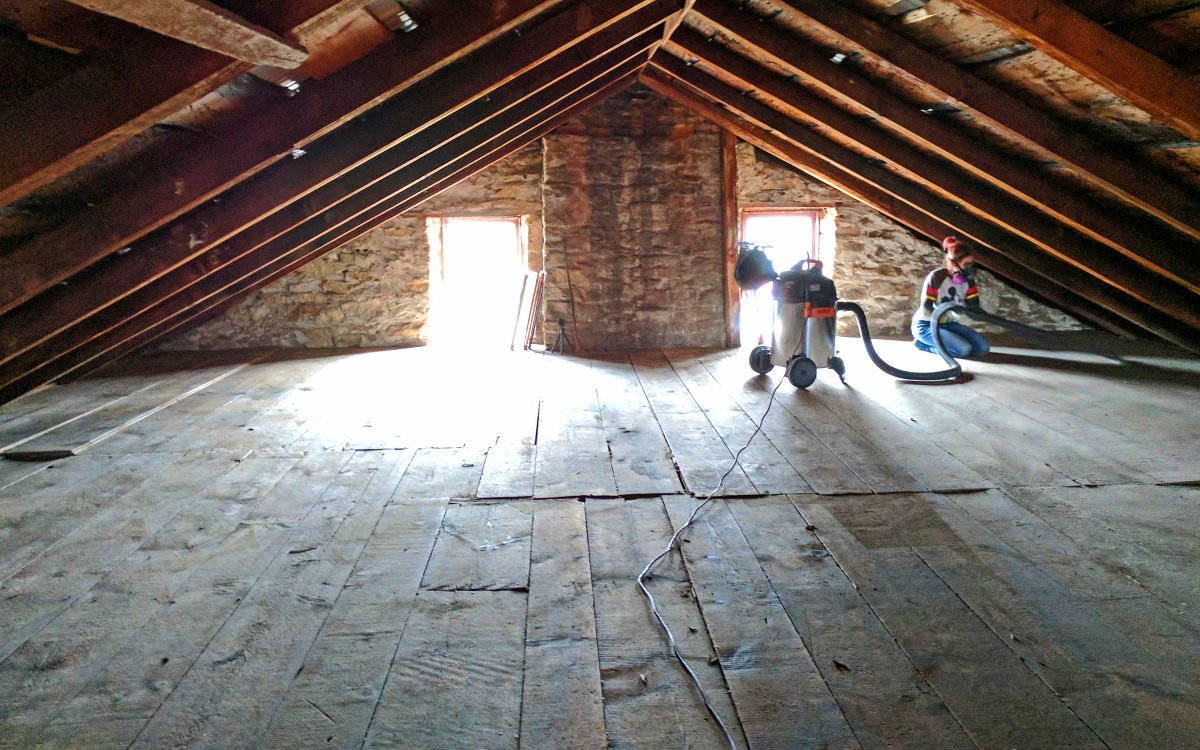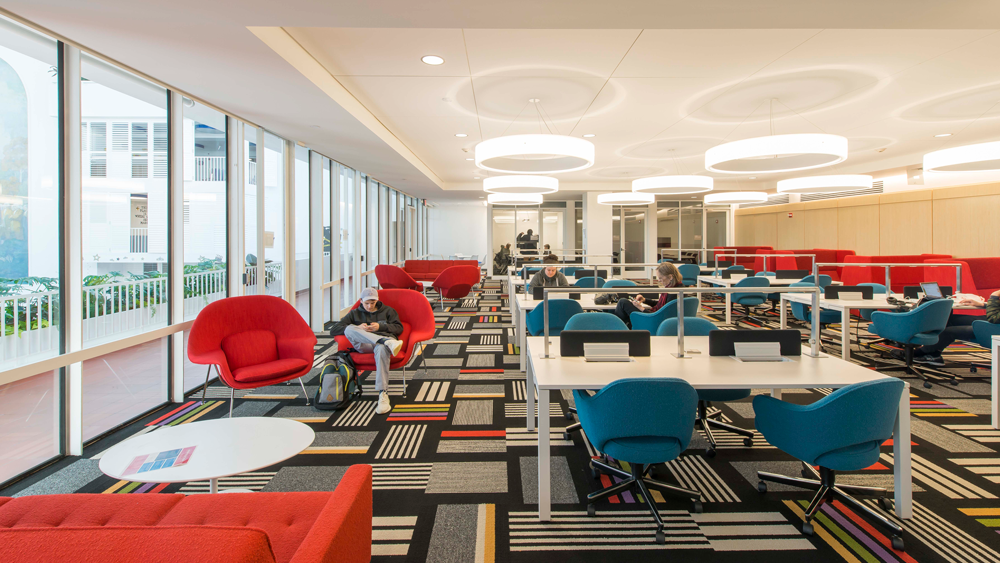In today’s world, where environmental concerns are at the forefront, understanding green construction has never been more important. This green construction tutorial is designed to introduce you to the fundamental principles and practices that can help create sustainable, eco-friendly buildings. Whether you’re a homeowner looking to make greener choices or a developer planning your next project, this guide will provide the insights you need.

Understanding Green Construction
Green construction refers to building methods and materials that are environmentally responsible and resource-efficient. It covers the entire building lifecycle: from planning and design to construction, operation, maintenance, and demolition. The goal is to reduce the environmental impact of buildings and improve human health and well-being.
Benefits of Green Construction
Adopting green construction practices offers numerous benefits, including reduced energy consumption, lower operational costs, and a smaller carbon footprint. Furthermore, green buildings often have higher tenant satisfaction and increased market value.
Energy Efficiency
Energy efficiency is a critical aspect of green construction. By integrating energy-saving technologies and materials, buildings can significantly reduce their energy consumption. This not only lowers bills but also contributes to a reduction in greenhouse gas emissions.
Water Conservation
Water scarcity is a growing concern globally, making water conservation vital. Green construction incorporates water-efficient fixtures, rainwater harvesting systems, and greywater recycling to minimize water usage.
Materials in Green Construction
The choice of materials plays a crucial role in green construction. Sustainable materials such as bamboo, recycled steel, and reclaimed wood are preferred for their reduced environmental impact and durability.
Sustainable Wood
Wood from sustainably managed forests is a renewable resource that can significantly lower a building’s carbon footprint. When sourced responsibly, it provides a durable and aesthetically pleasing material for construction.
Recycled Materials
Using recycled materials not only reduces the demand for new products but also lowers waste. Recycled steel, concrete, and glass can be effectively used in new construction projects.
Designing for Sustainability
Designing for sustainability involves careful planning to maximize efficiency and minimize waste. This includes optimizing building orientation to take advantage of natural light and ventilation, reducing the need for artificial lighting and mechanical systems.
Passive Solar Design
Passive solar design utilizes the building’s location and materials to naturally regulate temperature, reducing the need for heating and cooling systems. This can lead to substantial energy savings and increased comfort for occupants.
Insulation and Air Sealing
Insulation and air sealing are integral to maintaining a comfortable indoor environment while reducing energy usage. Proper insulation lowers heating and cooling demands while air sealing prevents leaks that can lead to energy loss.
Implementing Green Technologies
Green technology is continually evolving, offering innovative solutions for construction. Solar panels, wind turbines, and geothermal systems are becoming more accessible and affordable, allowing more buildings to generate their own clean energy.
Solar Energy
Solar panels can significantly reduce reliance on fossil fuels by converting sunlight into electricity. This sustainable energy solution is ideal for both residential and commercial properties.
Geothermal Heating and Cooling
Geothermal systems utilize the earth’s natural heat to provide efficient heating and cooling. They are an excellent long-term investment due to their low operational costs and minimal environmental impact.
The Role of Certification in Green Construction
Building certifications such as LEED (Leadership in Energy and Environmental Design) are vital for ensuring adherence to high standards in green construction. These certifications assess a building’s sustainability and encourage the adoption of environmentally friendly practices.
Challenges in Adopting Green Construction
Despite its benefits, green construction faces challenges such as higher upfront costs and the need for specialized knowledge. However, the long-term savings and environmental benefits make it a worthwhile investment.
Case Studies of Successful Green Buildings
Studying successful examples of green buildings provides valuable insights. These case studies demonstrate how innovative design and technology can create sustainable spaces that are both functional and environmentally friendly.
Future Trends in Green Construction
As environmental awareness grows, the future of green construction looks promising. Emerging technologies and materials are set to revolutionize the industry, making sustainable building practices even more efficient and cost-effective.
Practical Steps for Homeowners
Homeowners interested in green construction can start small by incorporating energy-efficient appliances, improving insulation, and utilizing renewable energy sources. Understanding how to install sustainable fixtures like pool lights can also contribute to a greener home.
Conclusion
Embracing green construction is essential for a sustainable future. By making informed choices and adopting innovative practices, we can significantly reduce the environmental impact of our buildings and contribute to a healthier planet.

FAQ
What is green construction?
Green construction is the practice of creating structures using environmentally responsible and resource-efficient methods throughout a building’s life cycle.
What are the main benefits of green buildings?
Green buildings offer advantages such as reduced energy consumption, environmental conservation, improved indoor air quality, and increased market value.
Is green construction more expensive?
Initially, green construction may cost more due to the use of non-traditional materials and technologies. However, long-term savings on energy and water bills make it a cost-effective choice.
This article contains affiliate links. We may earn a commission at no extra cost to you.



